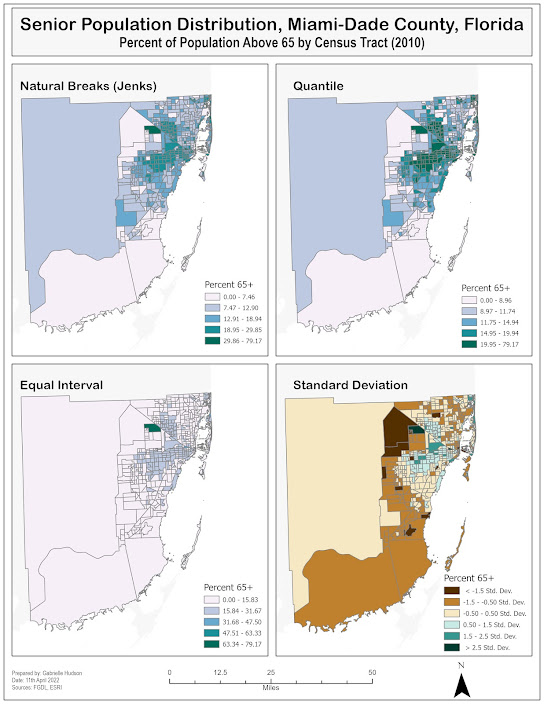GIS 5007 - Isarithmic Mapping

Isarithmic mapping is another type of thematic mapping that results in continuous phenomena of a geographic area being displayed using various symbology methods. The continuous phenomena typically displayed can include precipitation, elevation or topography. As it is difficult to record values for every single point across any given area, isarithmic mapping utilizes data from control points (true point data or conceptual point data) and interpolates the data using one of many interpolation methods to calculate the various intermediate points, producing a continuous surface. The interpolated data can then be symbolized to present as smooth surface using continuous tone or a stepped surface using hypsometric tinting. Contours can also be created and displayed as a stand alone feature or in conjunction with hypsometric tinting. Using the contours along with hypsometric tinting is recommended, however, because it helps the map reader obtain a better understanding of the data being dis...


